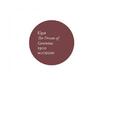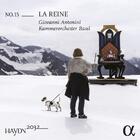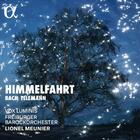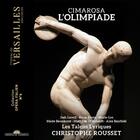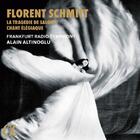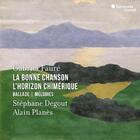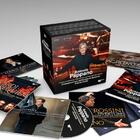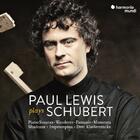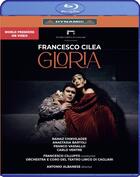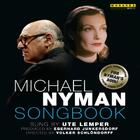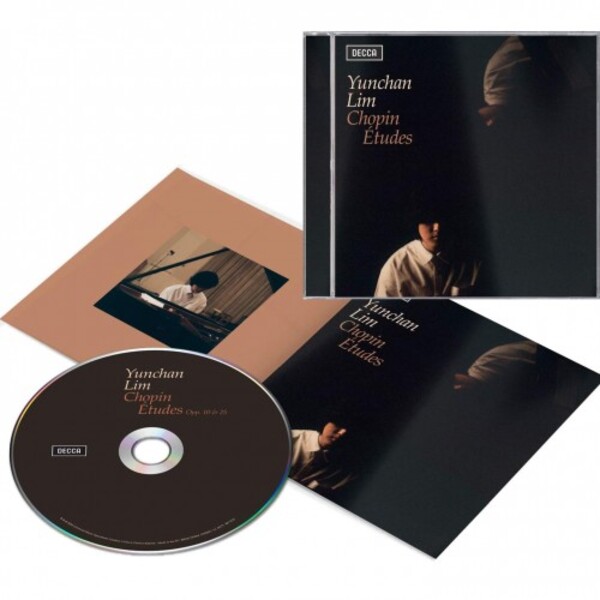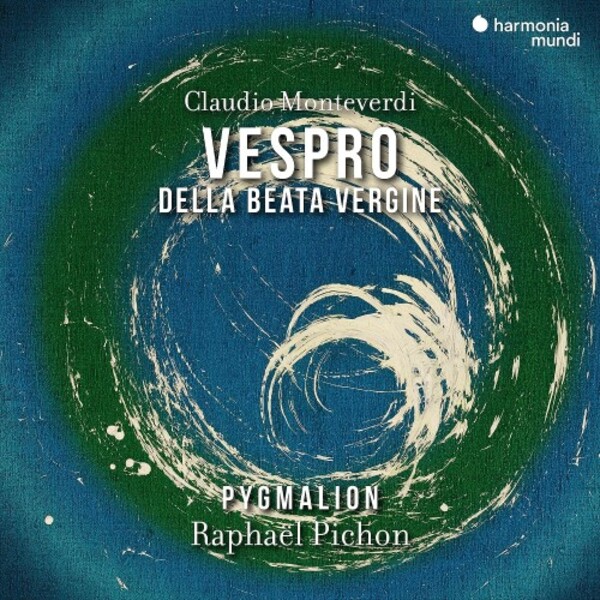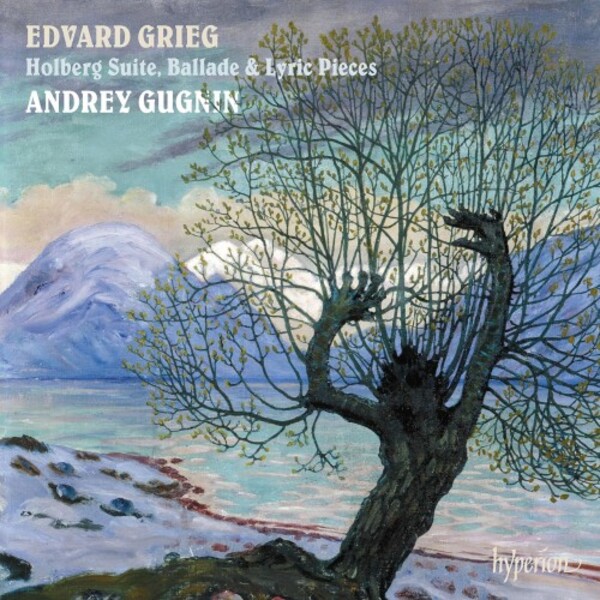
The Europadisc Review
Grieg - Holberg Suite, Ballade & Lyric Pieces
Andrey Gugnin (piano)
£12.69
The Moscow-born pianist Andrey Gugnin has already made a name for himself in repertoire that demands finely etched and exquisitely textured playing as much as broad brushstrokes. His recordings of Preludes and Sonatas by Shostakovich, Mazurkas by Scriabin, and an acclaimed homage disc to Godowsky (all for Hyperion Records) have all demonstrated his mastery of the particular skills demanded in small forms: a vivid response to the music’s character, together with a lightness of touch that doesn’t swamp the expressive atmosphere. For his latest disc, he turns to music by one of late Romanticism’s... read more
The Moscow-born pianist Andrey Gugnin has already made a name for himself in repertoire that demands finely etched and exquisitely textured playing as much as broad brushstrokes. His recordings of Preludes and Sonatas by Shostakovich, Mazurkas by Scr... read more
Grieg - Holberg Suite, Ballade & Lyric Pieces

Andrey Gugnin (piano)
The Spin Doctor Europadisc's Weekly Column

On Rhythm 1st May 2024
1st May 2024
Of all the elements of music, one of the most fundamental is also the most difficult to pin down: rhythm. It’s something we think we understand (or at least can identify), until we start to think about it. The short definition in The Oxford English Dictionary is ‘a strong, regular, repeated pattern of sounds or movements’, while The New Harvard Dictionary of Music is more circumspect in defining it in brief as ‘The pattern of music in time’. Even if not marked by ‘strong, regular, repeated pattern[s] of sounds’, a piece of music will still have rhythm: think of the seamless lines of Renaissance polyphony, which would be considerably more difficult to perform and coordinate if they did not have durational values ascribed to their notes!
Television viewers of a certain age may remember the ‘dummy keyboard’ round of Joseph Cooper’s musical quiz show Face the Music,... read more
 FREE UK SHIPPING OVER £30!
FREE UK SHIPPING OVER £30!
